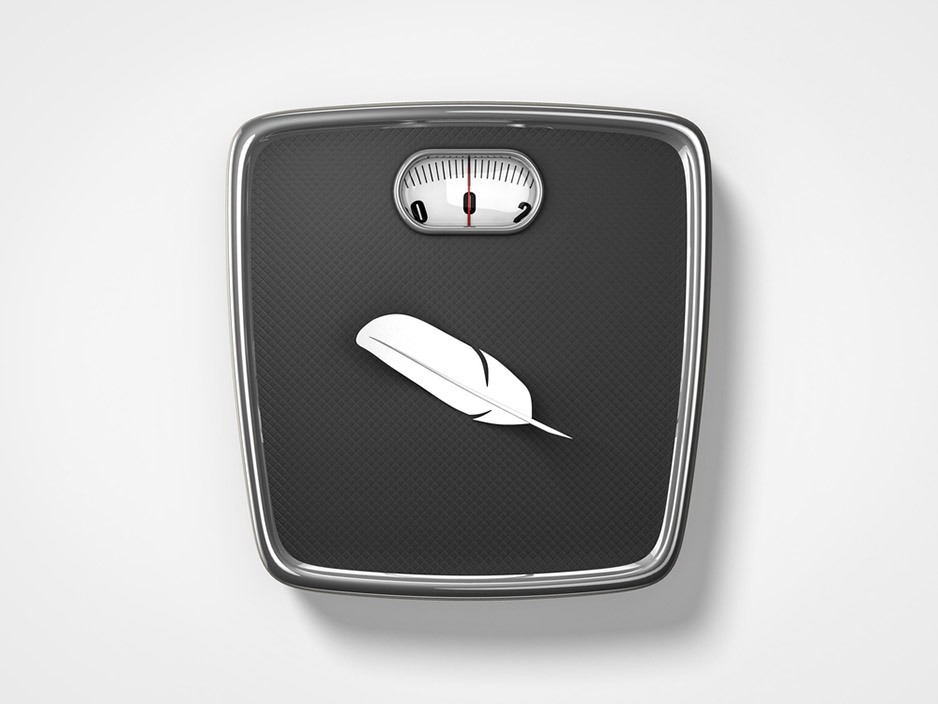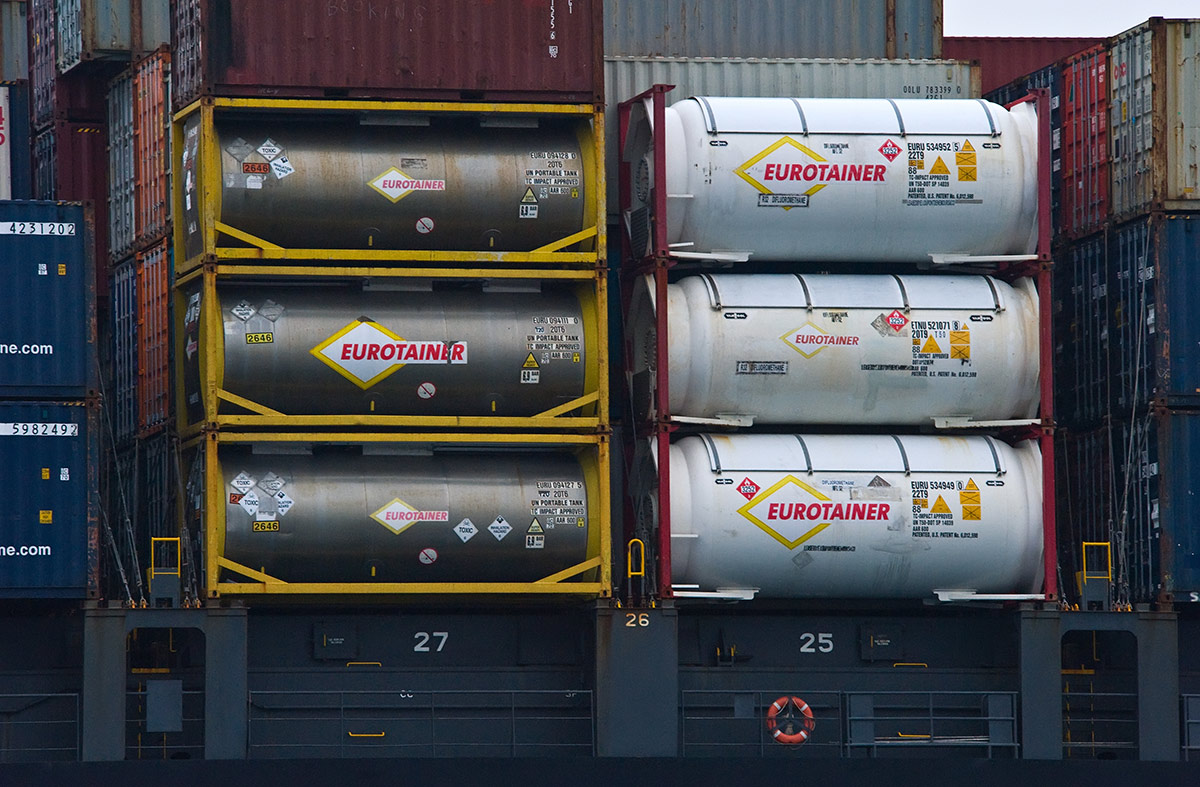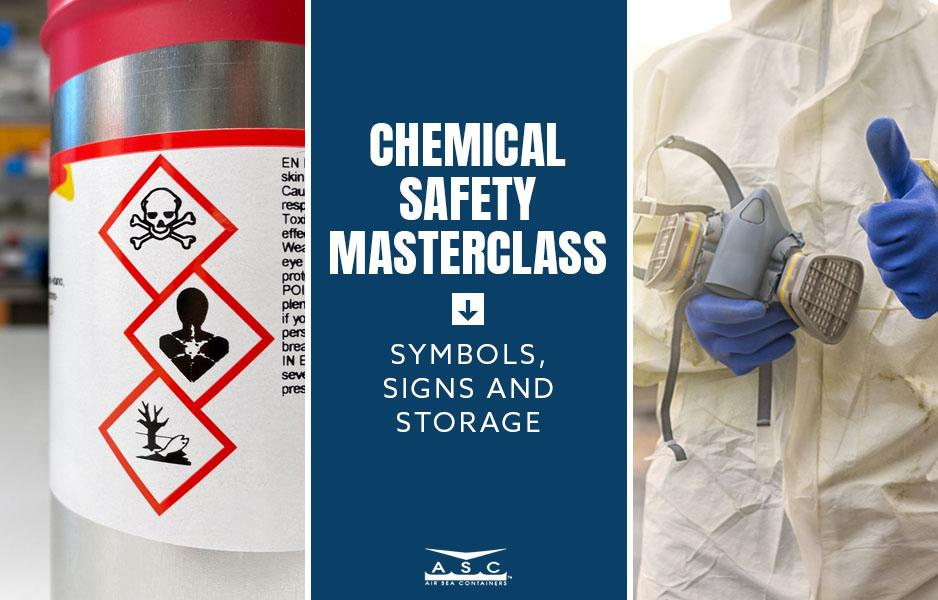Shipping infectious and diagnostic material is highly and strictly regulated throughout the world whether transporting by air, rail, sea or land. This is because when shipping infectious or diagnostic material, there is always a risk of the packaging being damaged and other cargo being contaminated. Thus, it is very important to follow specific guidelines when shipping this type of material, which include proper packaging and clear labeling.
Defining infectious and diagnostic material
According to the World Health Organization (WHO), infectious substances include any culture or human or animal sample containing or possibly containing an agent which may cause infection, a sample from a patient with any serious disease of unknown cause or any other specimen designated as infectious by a qualified person.
A diagnostic specimen is simply any human or animal material including excreta, blood and its components, tissue and tissue fluids collected for diagnosis but excluding live infected animals.
This type of material is considered hazardous goods and must be identified as such while transporting via air, land, rail or sea.
Infectious and diagnostic material is shipped on a regular basis, and it is very important to follow the guidelines set out by the WHO and enforced by each country’s transport department. Diligence and care are required to ensure the safety of those who could potentially come in contact with this sensitive and potentially harmful material.
Shipping infectious and diagnostic material
It’s imperative to follow the strict guidelines set out by the WHO when shipping such materials. The guidelines used for any mode of transport include triple layer packaging and proper labeling.

What is triple layer packaging?
Triple layer packaging essentially provides three layers in order to ensure no leakage of the sensitive material. This makes it safe to ship infectious and diagnostic material.
The first layer includes a primary receptacle, which is waterproof and contains absorbent material in a high enough quantity that will absorb any leaked substance completely.
The second layer must enclose the first, and be durable, waterproof and leakproof.
The third layer is the outer package, which protects the inner contents from damage, either physical puncture or water leakage that could happen throughout the shipping process.
This type of packaging is typically made of high-density polyethylene and is known as class 6.2 packaging.
It’s important to realize there are maximum quantity guidelines for shipping by air as well. If shipping by passenger aircraft, the maximum quantity is 50 mL or 50 g. If shipping by cargo aircraft or other carriers, the maximum is 4 kg or 4 L. For more specific details, please ensure you check with your jurisdiction’s transport department.
Are refrigeration packages safe for transport?
It is recommended to use IATA-compliant ice packaging to transport any refrigerated substances. This does not include dry ice as dry ice is prone to leakage.
How must infectious and diagnostic material be labeled?
Depending on how the item is being shipped, the labeling is slightly different.
By air or sea, infectious substances must be labeled appropriately to be shipped, which includes the UN Packaging Specification marking. For details, view this guide provided by the WHO.
There are also specific labels for hazardous materials available in that guide.
Proper labeling products for all infectious and diagnostic shipping requirements should be utilized.
Lastly, all items must include address label, documentation and permits indicating the shipper and receiver contact information, import/export documents and airwaybill if shipping via air.
For diagnostic packaging, the UN Packaging Specification is not required. However, you must still include an address label with the appropriate information, along with documentation and permits as laid out in this guide.

Shipping infectious and diagnostic material via land
To ensure safe shipping, the same practices as via air should be used to transport infectious and diagnostic material via land either in a vehicle or by rail, including using triple layer, watertight packaging. While the requirements are not as highly regulated, it is recommended the shipper follows the same packaging guidelines as above.
Additionally, the package should be secured well in the transport vehicle, proper documentation and identification included and a spill kit nearby in case of an accident that includes a leak.
Typically transport by courier or local transportation follows its local guidelines and requirements. It’s recommended to check with your local transport office to ensure you are aware of these specific requirements.











